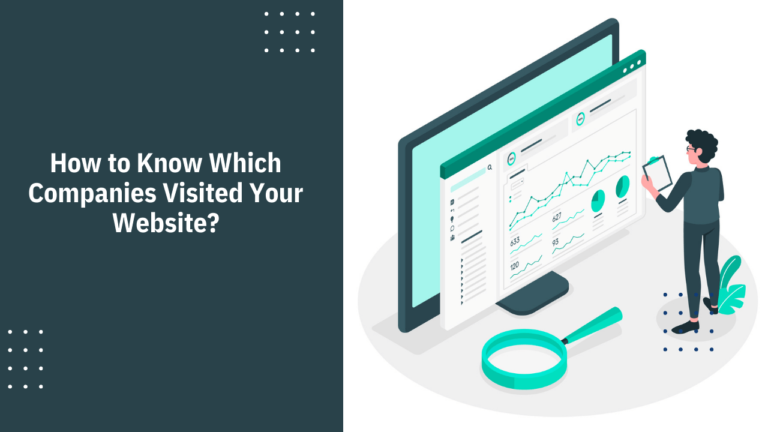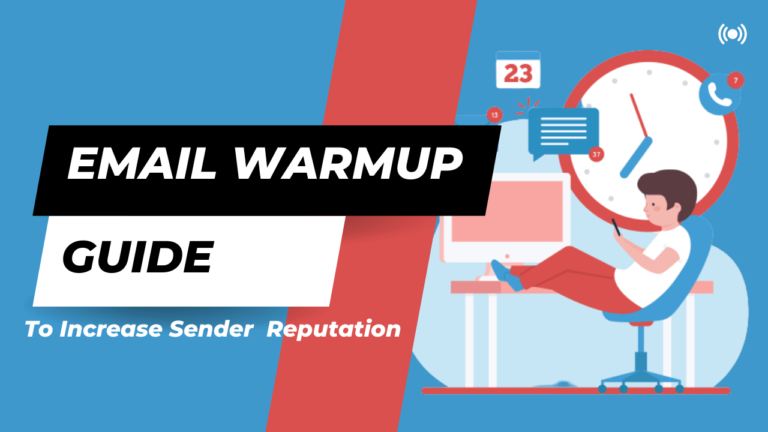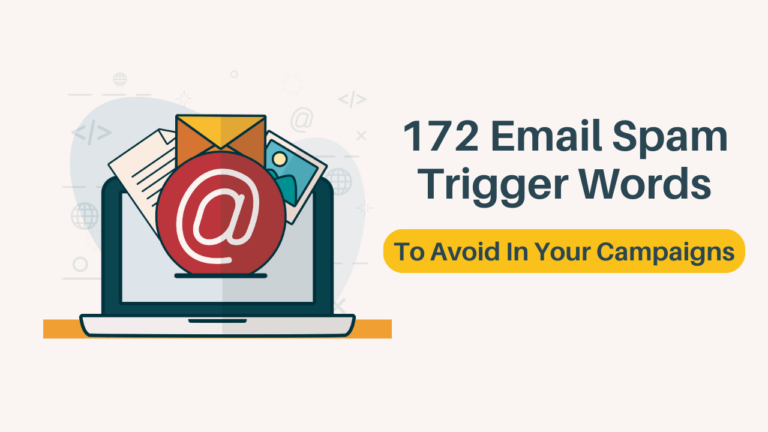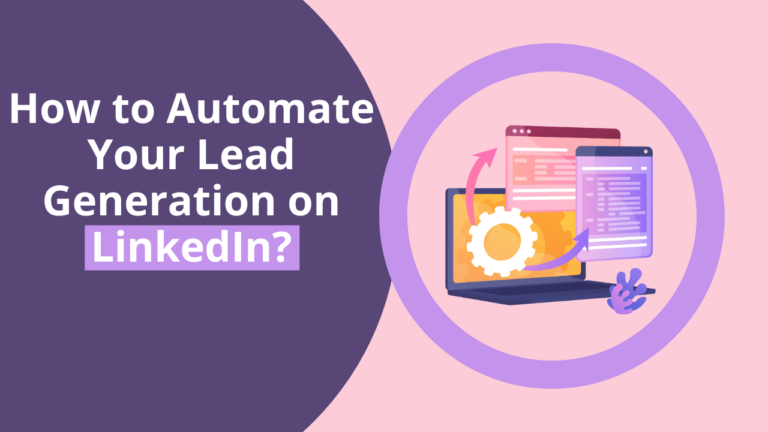We know what you’re thinking: does email marketing matter anymore?
The answer is a resounding “yes!” Today’s buyers do a great deal of their shopping and make significant purchase decisions online. Sixty-one percent of buyers, for example, will use search engines to research products online.
Almost 1 out of 3 of the repeat customers are initiated by email.
– Forrester Research
However, not all of those visitors are actually convert to customers right away. Email is an essential tool for converting those leads that aren’t ready to buy yet. But email isn’t as simple as pressing send.
In fact, there are many challenges today’s marketers face in regarding email marketing:
- It can be difficult to obtain email addresses from existing customers and website visitors. People feel that they get too many emails, so they’re reluctant to hand over their email addresses.
- Your messages must be delivered to the inbox and read by the user for conciseness be effective. Getting into those inboxes depends on your email deliverability.
- People change their email addresses often. Even opt-in lists comprised of people who want to receive your messages experience a 20-25 percent churn each year.
So how do you overcome these challenges? That’s the topic we cover here! In the following pages, we outline proven tactics email marketers can implement for email list growth and improved email deliverability—both of which can greatly intensify email marketing success. We also discuss marketing automation, one of the biggest marketing buzzwords of the moment, and how learning more about your subscribers is the key ingredient in a deliciously successful email marketing recipe.
Tactics for List Growth
The first ingredient to successful email marketing is to build an email list. After all, if you don’t have any emails you’re obviously not going to get very far. Acquiring email addresses should be the top priority for inbound marketers engaged in email marketing. Easier said than done, right? Wrong! Growing your email list is as easy as following established email marketing best practices.
There are several organic list growth tactics we highly recommend:
- Start by asking for email addresses at every touch point (both online and offline).
- Make it easy to subscribe! Include subscription buttons on various web pages (like your homepage and About Us page) and on lead forms.
- Provide relevant, quality content. People are willing to trade their contact information for something of value.
Email Deliverability Success
Once you have your email list in place, what’s the next ingredient? Well, you need to ensure your email messages are getting delivered into the inbox. Marketers who have high email deliverability enjoy higher open rates, higher click and response rates, fewer unsubscribed, and increased revenue, among other benefits.
However, an estimated 22 percent of marketing emails do not reach inboxes. This is the core challenge of email deliverability: If people aren’t seeing marketing messages in their inbox, they won’t have the opportunity to respond.
But there are steps you can take to improve your deliverability:
-
Set Expectations
Any time you ask for an email address, inform the person how you will use it and what type of content to expect.
-
Use the Correct Infrastructure
Establish feedback loops with ISPs to know exactly when a person flags your email as spam; warm-up new IP addresses to build reputation; and utilize different IPs for different types of messages, such as newsletters and marketing messages. If you’re unsure how to do these things, we recommend working with an email service provider.
-
Mail Consistently
If people are surprised to see your messages, they’re more likely to treat them as spam. As soon as someone fills out a form on your website, add them to a welcome series to set expectations of the type of content he or she will receive. Then establish a regular mailing schedule so people do not forget they’re on your list.
-
Be Relevant
Your messages should address the interests and needs of your subscribers. If they don’t, your subscribers won’t take action. The best way to tackle this is through personalization. In a survey by the e-tailing group, 41 percent of those surveyed said they would buy more from brands that send them personalized emails. Use behavioral or demographic characteristics to determine what subscribers are most likely to be interested in.
-
Clean Your List
Misspellings, typos, and dead email addresses error plague email lists. Removing invalid and fraudulent emails reduces your risk of being flagged as a spammer. Use an email validation service to protect your email reputation and improve inbox delivery.
The Buyer’s Journey
But building your email list and ensuring your deliverability remains high is only half of the battle. Creating personalized, relevant content at different subscriber lifecycle stages (what we call the buyer’s journey) is the other half. This can be achieved using marketing automation—an exciting and increasingly popular technology. While it isn’t exactly new, marketing automation is still rather unknown or underutilized by many email marketers.
Marketing automation is the process of delivering the right type of content to the right people at the right time and through the right channels. This is achieved through segmentation and lead nurturing. When trying to understand marketing automation, it’s best to picture the traditional sales funnel.

The top of your funnel holds all of your leads, only some of whom are the most likely to become customers based on demographic and behavioral characteristics. We call this bunch marketing qualified leads.
Up to 50 percent of marketing qualified leads, while interested in learning more about your products or services, are not ready to buy just yet. Sending this group emails that offer free consultations or picking up the phone and calling them will likely scare them off, causing your company to lose sales.
Instead of bombarding them with offers intended for leads at the bottom of the funnel, add them to segments and email workflows based on the data you have available. Build your workflows around quality content that specific segments will want to receive. Continuously update your segments based on actions subscribers are (or are not!) taking.
I hope these secret recipes will help you to get more success in email marketing.







